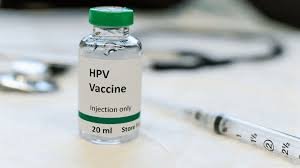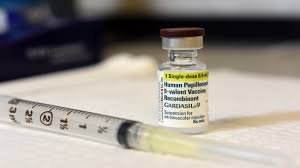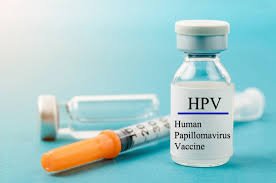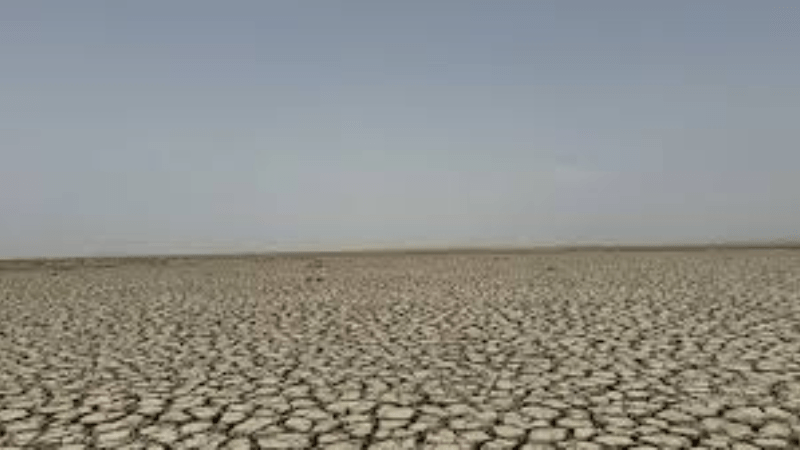Introduction
On September 15, 2025, a new pediatric vaccine program was launched in select regions. Shortly after, disturbing reports began circulating online: claims that more than 900 children fell seriously ill and around 50 tragically died following administration. These figures, though alarming, remain unverified by official health authorities. Still, the controversy has sparked deep concern among parents, healthcare professionals, and policymakers.
Table of Contents
The Allegations
Community accounts and social media posts began surfacing within days of the vaccine rollout, painting a grim picture. Parents reported high fevers, seizures, and unexplained complications among children who had recently received the shot. Some advocacy groups quickly linked these cases to the vaccine, presenting tallies of illnesses and deaths.
However, as of now, no peer-reviewed study, government health department, or international body has confirmed the numbers. Reports often stem from anecdotal submissions, sometimes aggregated from platforms like VAERS (Vaccine Adverse Event Reporting System), where entries do not prove causation.

Expert Reactions
Medical experts are urging the public to remain cautious about attributing direct blame. “Correlation does not equal causation,” says Dr. Amina Qureshi, a pediatric epidemiologist. “Children get sick for many reasons. Establishing a true link requires rigorous clinical and statistical investigation.”
On the other hand, independent watchdogs argue that even if unproven, the sheer scale of claims cannot be ignored. They are calling for transparent reporting and accelerated safety audits of the vaccine batches distributed in mid-September.
Parents’ Perspective
For parents, the uncertainty is agonizing. Many feel caught between two fears: the risk of vaccine side effects and the danger of leaving their children unprotected from preventable diseases. Some families have temporarily halted vaccination schedules until clearer guidance emerges.
Government and Regulatory Response
So far, health ministries and regulatory agencies have acknowledged that “adverse event reports” are under investigation but have not validated the large figures circulating online. A few regions have already convened emergency task forces to review vaccine safety data, inspect production facilities, and analyze clinical trial transparency.
The Role of Misinformation
The speed at which claims spread online has also drawn attention. Social media platforms amplified alarming figures, sometimes without verification, causing widespread panic. Health communication specialists argue that misinformation during health crises can worsen fear, reduce vaccination rates, and ultimately increase the risk of outbreaks of preventable diseases.
Impact on Public Trust
Trust in healthcare systems is fragile, and events like these, even when unverified, can significantly erode confidence. Surveys conducted in the wake of the September 15 rollout show a notable decline in willingness among parents to vaccinate their children. This distrust, if not addressed, may create long-term challenges for public health campaigns.

Calls for Global Oversight
The controversy has prompted international organizations to discuss stricter oversight of vaccine rollouts. Proposals include independent monitoring bodies, real-time reporting dashboards, and stronger global collaboration to detect safety signals early. Experts believe that only through transparent and accountable mechanisms can trust in vaccines be rebuilt.
Ethical Responsibility of Media and Authorities
Finally, the ethical role of both media outlets and health authorities cannot be overlooked. Media must balance the urgency of reporting potential dangers with the responsibility of avoiding panic. Similarly, authorities must release data quickly and honestly — silence or delays only fuel suspicion. A coordinated effort between journalists, doctors, and officials is essential to protect both truth and public safety.
The Larger Picture
Vaccine controversies are not new. From historical polio campaigns to COVID-19 immunizations, episodes of fear and misinformation have often accompanied legitimate concerns. The challenge lies in balancing vigilance with responsibility — raising alarms without spreading panic.
Conclusion
The claims of 900 children ill and 50 deaths linked to the September 15, 2025 vaccine rollout remain unverified but cannot be dismissed outright. A thorough, transparent investigation is urgently needed to confirm facts, reassure the public, and hold accountable any lapses in safety or communication.
______________________
YOU MAY ALSO LIKE:
1. Operation Bunyan-un-Marsoos: Pakistan’s BEST Wall of Steel


